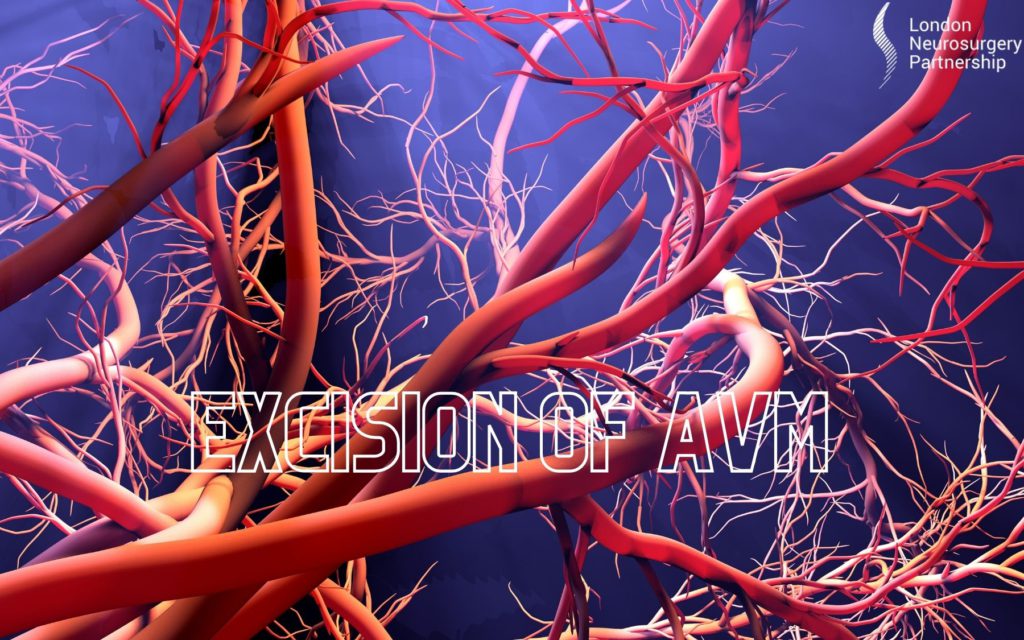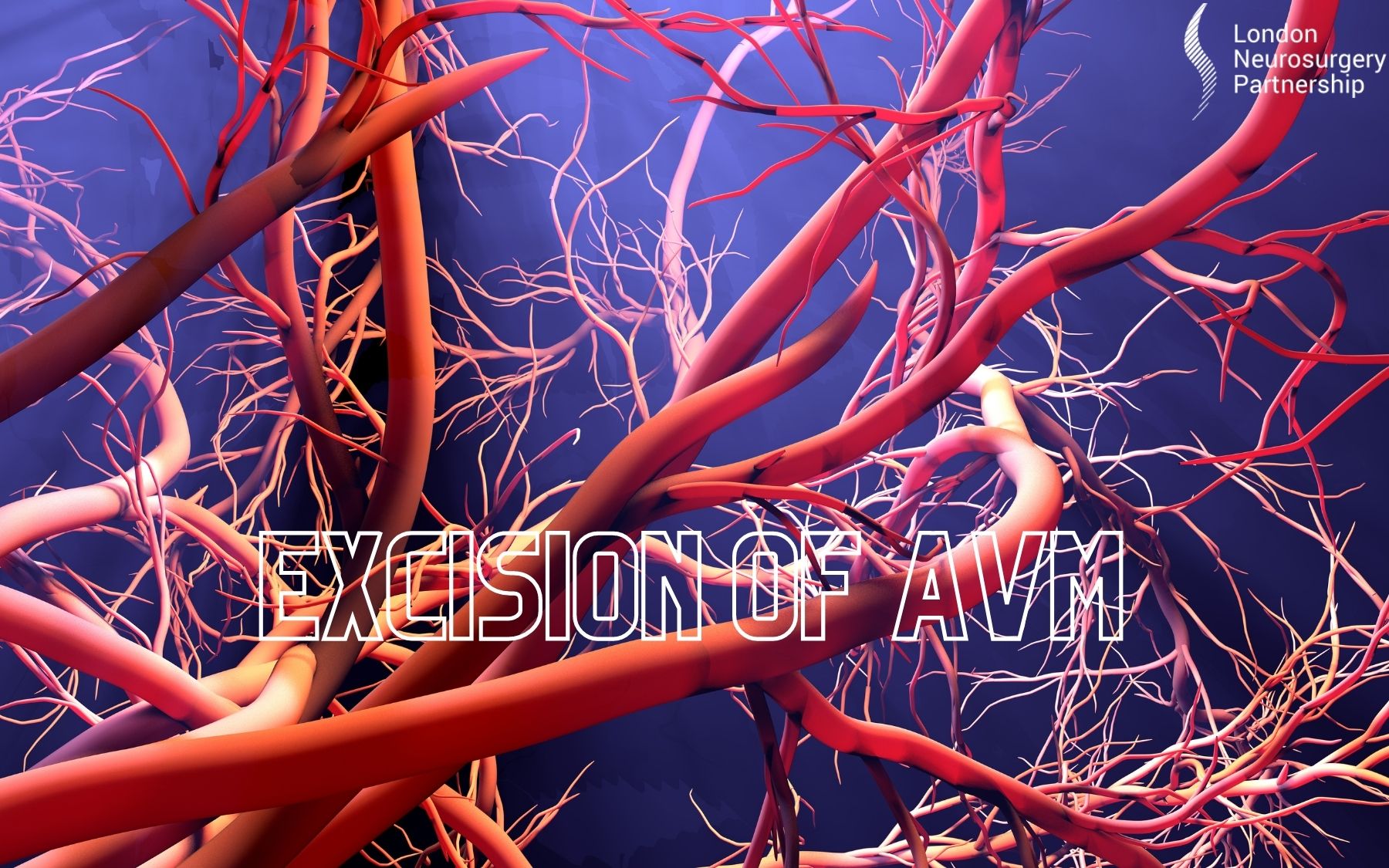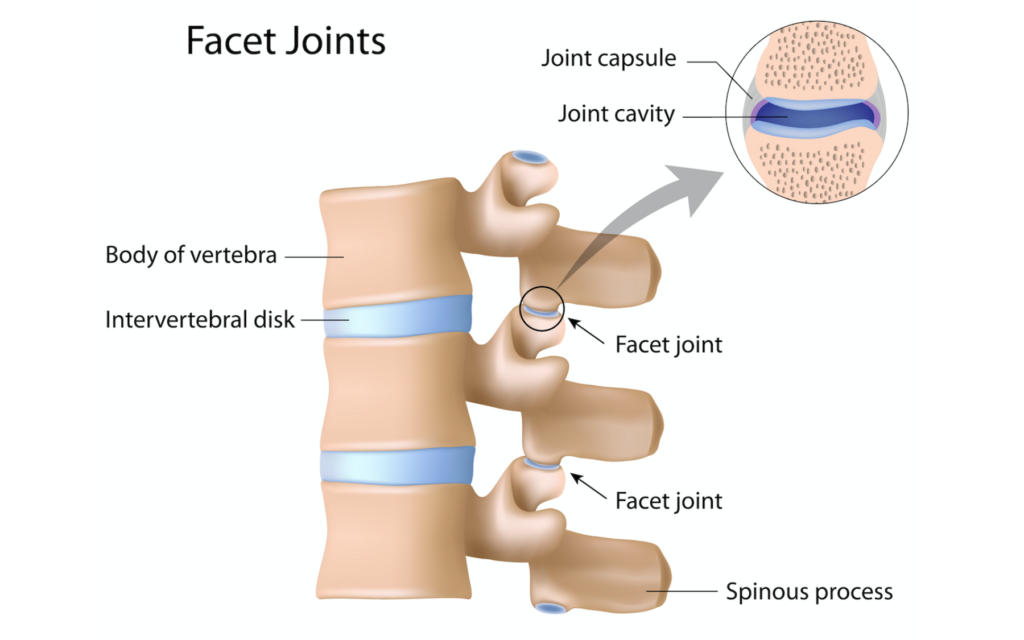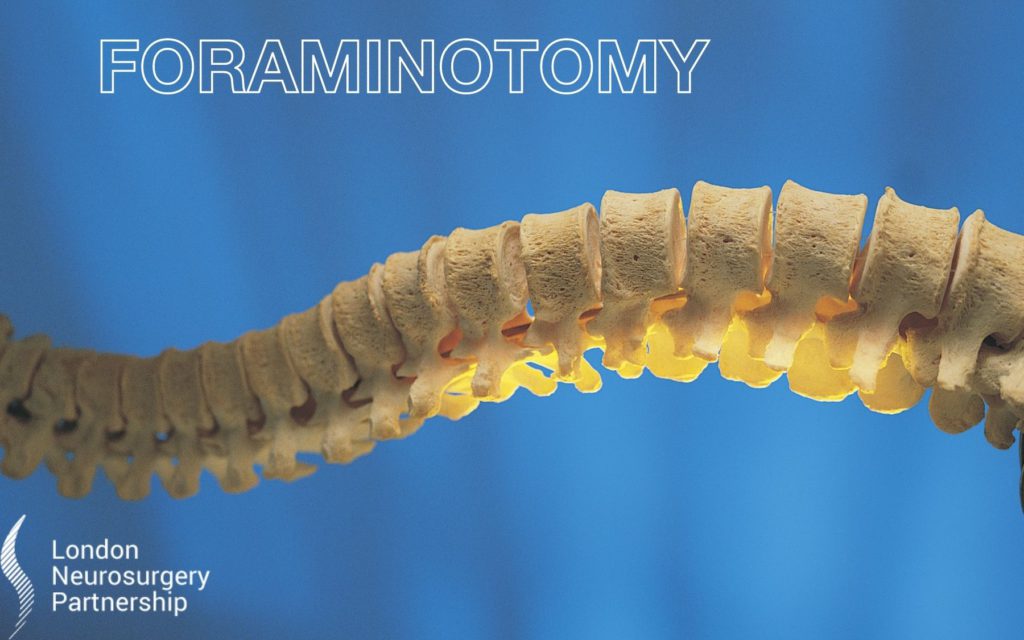
Cerebral arteriovenous malformations (AVMs) represent a relatively rare, pathological entity. An arteriovenous malformation or AVM is an abnormal cluster of blood vessels in the brain. It is a complex tangle or bulge of blood vessels producing an abnormal connection between the arteries and the veins. Often, these are not diagnosed until later in life, or may never exhibit symptoms, but if you are diagnosed with an AVM it can be a daunting prospect. They can interfere with normal blood flow and cause sudden headaches or even a stroke.
They constitute the most common cause of haemorrhagic (bleeding) stroke in children and young adults. Moreover, brain AVMs are very varied in their presentation, clinical outcomes and overall prognosis. The estimated lifelong morbidity and mortality associated with an AVM have been reported as high as 35% and 29%, respectively.
The treatment options for AVMs include three modalities: microsurgery, endovascular treatment/embolization, and radiosurgery. These modalities can be used either alone or in combination. However, the management of AVMs still remains controversial. History of previous haemorrhage, patient’s age, and grading (how big the AVM is , which part of the brain it occupies and other specific anatomical considerations) are parameters that play a central role in the decision-making. Ruptured AVMs have an increased annual rate of re-bleeding, ranging from 4.5% to 34%. In these cases, an intervention is usually advisable. The overall risk of bleeding of a non-ruptured AVM is approximately 2% to 4% per year. Therefore, the optimal management for patients harbouring unruptured AVMs remains complex, however the younger the individual the more likely that treatment would be indicated.
Detailed discussion and explanation of the intricacies of these lesions, multidisciplinary review and shared decision making are central in their management and follow up.
Your surgeon will explain your options and explain everything in detail to you and answer any questions which you have.
This article is intended to inform and give insight but not treat, diagnose or replace the advice of a doctor. Always seek medical advice with any questions regarding a medical condition.






0 Comments